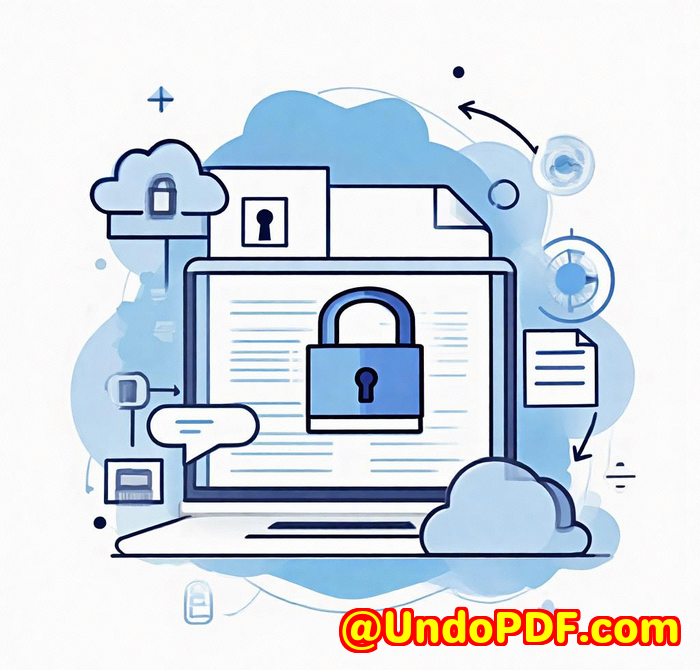How to Build a Browser-Based PDF Editor with Annotation and Highlighting Tools That Actually Works
Every time I’ve had to review a stack of PDFs for work or a project, I felt stuck. I’d open one, scribble notes on paper, then jump back to the file and try to remember what I meant. It’s clunky, slow, and honestly, pretty frustrating. If you’ve ever wished for a smooth, browser-based PDF editor where you can highlight, annotate, and collaborate without installing a dozen apps or plugins I get you.

That’s exactly why I dove into the VeryPDF HTML5 PDF Annotation Source Code License. This tool lets you build a web-based PDF editor with annotation and highlighting features that work right inside any browser no plugins, no headaches.
Why I Chose VeryPDF HTML5 PDF Annotation for My Browser-Based PDF Editor
I stumbled upon this product while searching for something lightweight but powerful enough to handle PDFs and other file formats in a browser. What stood out? The fact that it’s pure HTML5, which means it runs smoothly on Windows, Mac, Linux, iOS, and Android basically anywhere.
It’s designed for developers and businesses that want to embed document annotation directly into their apps. If you’ve ever had to deal with clunky plugins or software that only works on desktop, this is a breath of fresh air.
Key Features That Made a Real Difference for Me
-
Wide File Format Support: This isn’t just about PDFs. It handles Office files, images, CAD files, and more over 50 file formats in total. So whether you’re reviewing a Word doc, an Excel sheet, or a complex CAD drawing, you’re covered.
-
Rich Annotation Tools: Think highlights, freehand drawing, text comments, strikethroughs, and more. The interface makes adding and editing annotations simple. I particularly loved how you can layer comments and work with multiple users on the same document without losing track of anything.
-
Seamless Browser Experience: No Java or Flash plugins required. You just open your browser, load the document, and start annotating. It even supports popular browsers like Chrome, Firefox, Safari, Edge, and Opera, making collaboration a breeze across different teams.
-
API Integration and Server Support: If you want to automate or customise features, there’s a REST API to connect with your own backend. Plus, it supports both Windows and Linux servers, giving you flexibility in deployment.
How It Saved Me Time and Streamlined Collaboration
Before, when I needed feedback on a document, I’d email PDFs back and forth, with comments buried inside confusing email threads. Now, using VeryPDF’s annotation library embedded in our web app, team members can add comments directly on the document in real-time.
This:
-
Cut down email overload
-
Kept all notes linked exactly where they belong
-
Made version control easier by layering annotations instead of overwriting
At one point, I was working on a multi-page PDF with dense technical specs. Highlighting key passages, adding text comments, and sharing instantly with colleagues helped us finish review cycles 30% faster.
Compared to other tools I tried many of which require costly licences or complex installs VeryPDF’s HTML5 solution felt lightweight and adaptable. No bloated features I didn’t need, just a solid annotation engine with the flexibility to build on.
Who Should Consider This Browser-Based PDF Editor?
-
Software developers looking to embed PDF annotation in web or mobile apps.
-
Legal teams who need secure, plugin-free document review.
-
Education platforms where teachers and students can markup PDFs and Office files.
-
Project managers coordinating feedback on engineering drawings or reports.
-
Small to medium businesses that want a cost-effective alternative to expensive desktop software.
Wrapping It Up: Why I’d Recommend VeryPDF’s HTML5 PDF Annotation Tool
If you’re tired of juggling desktop apps or bulky plugins just to mark up PDFs, this source code license is worth checking out. It solves practical problems around annotation, collaboration, and multi-format document handling all inside your browser.
I’d highly recommend it to anyone who deals with large volumes of PDFs or other document formats and wants a smooth, integrated way to review and comment without switching apps.
Try it out for yourself here: https://veryutils.com/html5-pdf-annotation-source-code-license
Custom Development Services by VeryPDF
VeryPDF offers tailor-made development services to fit your unique needs. Whether it’s building custom PDF tools for Linux, macOS, Windows, or server environments, their expertise covers a wide range of technologies including Python, PHP, C/C++, Windows API, Linux, Mac, iOS, Android, JavaScript, C#, .NET, and HTML5.
They develop Windows Virtual Printer Drivers that output PDF, EMF, and image formats, plus advanced printer job capturing tools for Windows that save print jobs into PDF, EMF, PCL, Postscript, TIFF, and JPG formats.
Their solutions also include monitoring Windows API calls, handling complex document formats like PCL, PRN, EPS, and Office files, plus barcode recognition, OCR, table extraction, and document security technologies.
If you need custom integrations or specialized document workflows, reach out to VeryPDF’s support center at http://support.verypdf.com/ and discuss your project directly with the experts.
FAQs
Q1: Can I annotate PDFs without installing any software?
Yes, VeryPDF HTML5 PDF Annotation works entirely in your browser no software or plugins needed.
Q2: What file types can I annotate?
It supports over 50 formats including PDF, Word, Excel, PowerPoint, CAD files, and common image formats like JPG, PNG, TIFF.
Q3: Can multiple users annotate the same document?
Yes, it supports layered annotations allowing collaborative editing and commenting.
Q4: Does it support mobile browsers?
Absolutely. It works on iOS and Android browsers as well as desktop platforms.
Q5: Is there an API for integrating this into my web app?
Yes, a REST API is available for customization and backend communication.
Tags / Keywords
-
Browser-based PDF editor
-
PDF annotation tool
-
HTML5 PDF annotation
-
Collaborative PDF markup
-
Multi-format document annotation